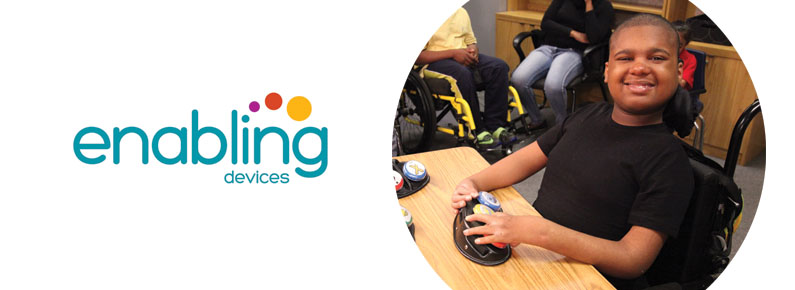Here at Enabling Devices, we can’t think of a more enjoyable
or powerful way to learn, than by watching a really fine TED Talk. For the uninitiated, “TED is a nonprofit
devoted to spreading ideas, usually in the form of short, powerful talks (18
minutes or less).”
There are TED Talks on just about any topic you can imagine
including all sorts of topics related to disabilities. TED Talks challenge
viewers to reconsider their beliefs and assumptions and to discover new ways of
thinking about nearly everything under the sun.
For your viewing pleasure, we’ve taken the liberty of curating a
list of the best TED Talks from people living and thriving with disabilities.
At 19 years of age, Joshua Prager was hit by a truck driven
by a man with 27 prior moving violations, while riding in a mini-bus in
Jerusalem. The accident, left him with quadriplegia, and though he eventually
regained the ability to walk, albeit with a limp and using a cane, his life was
changed forever. Determined to win an apology from the man who caused his
life-long disability, Prager returned to Jerusalem and gained some unexpected
insights.




